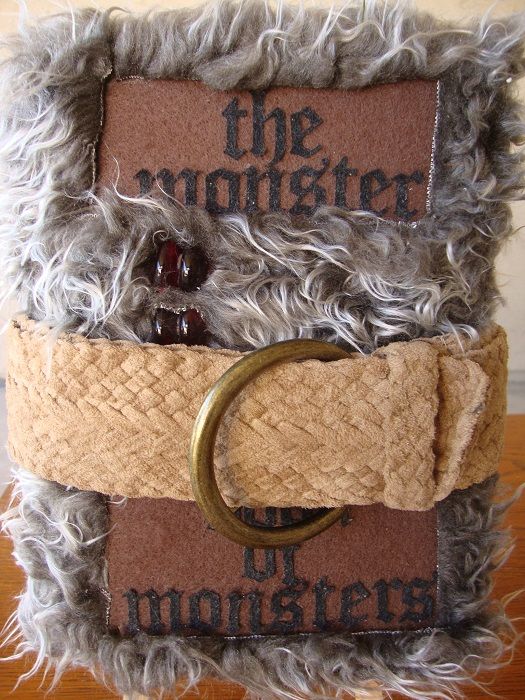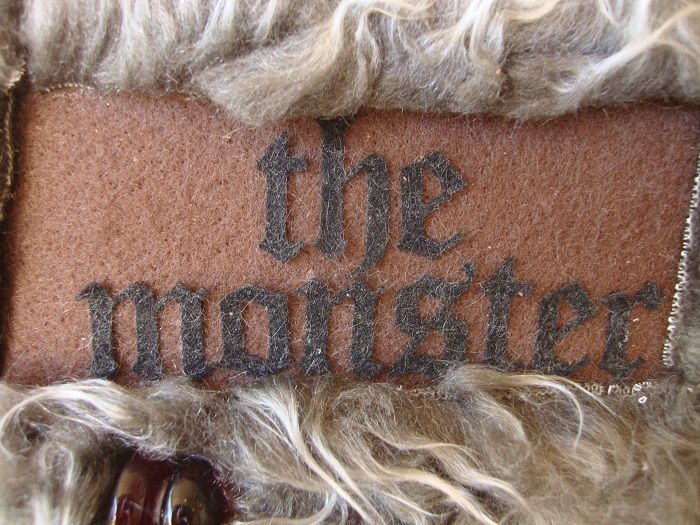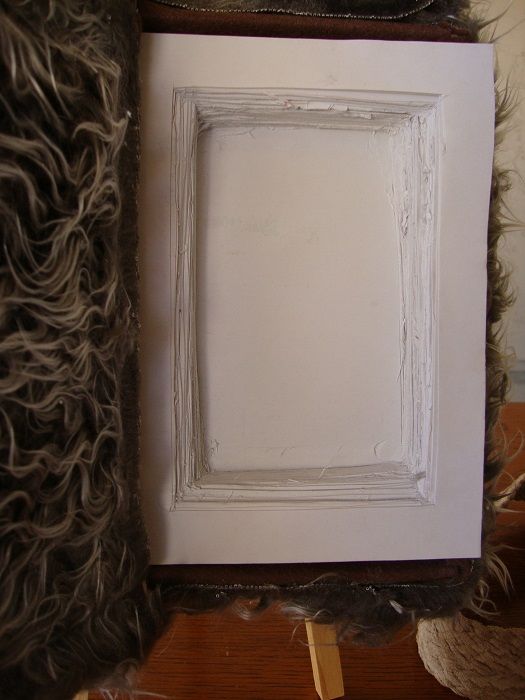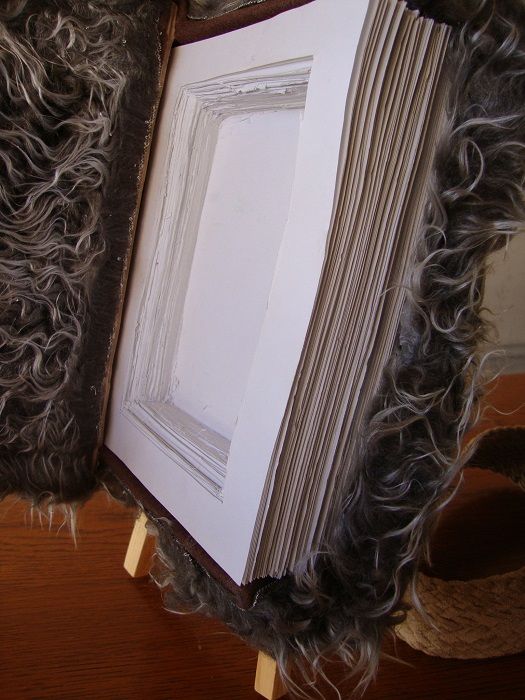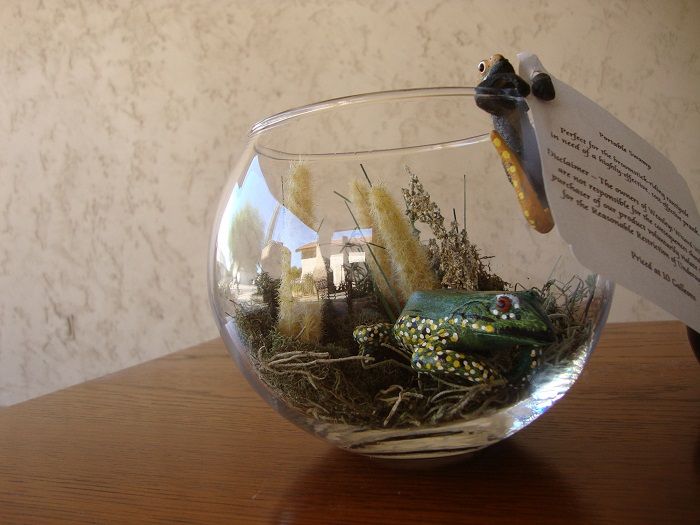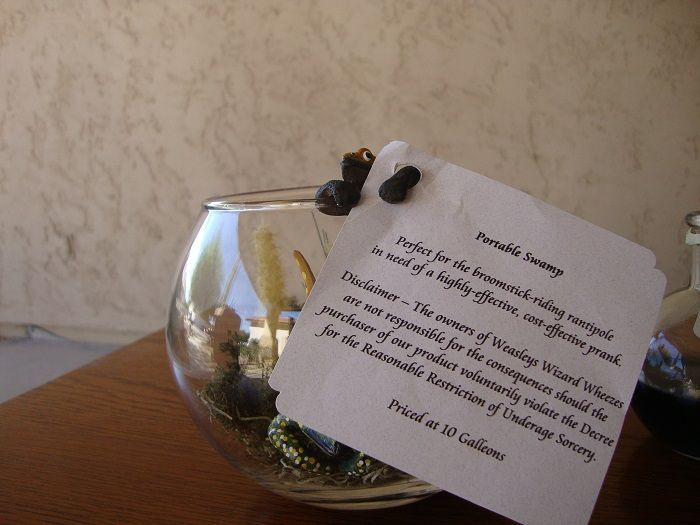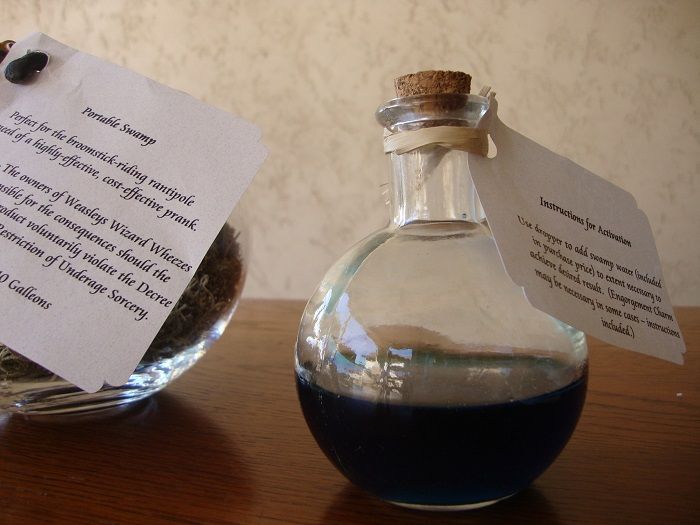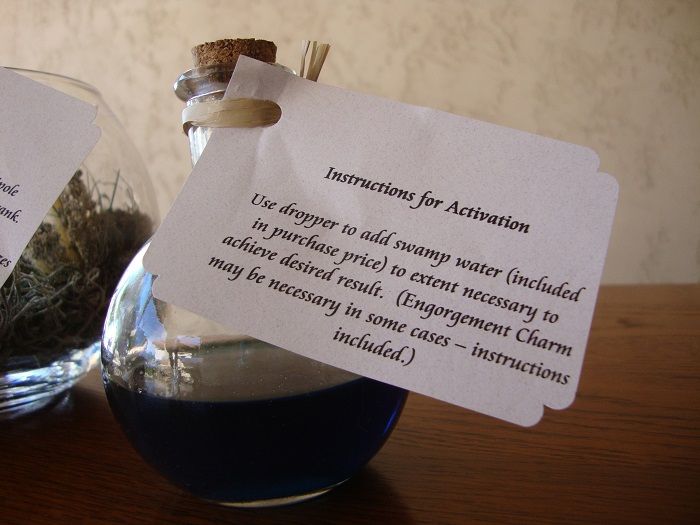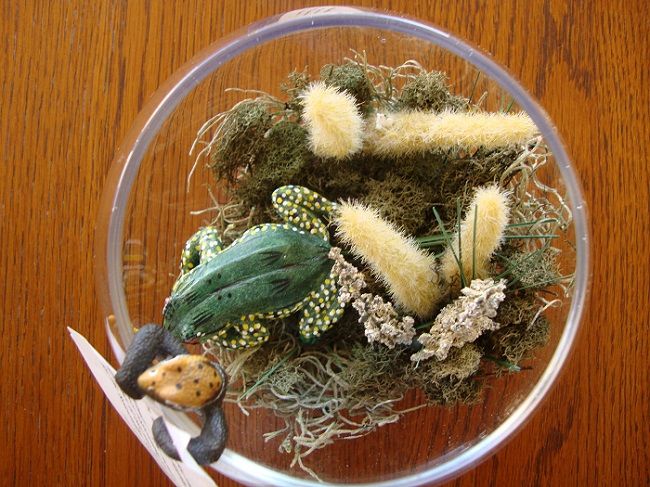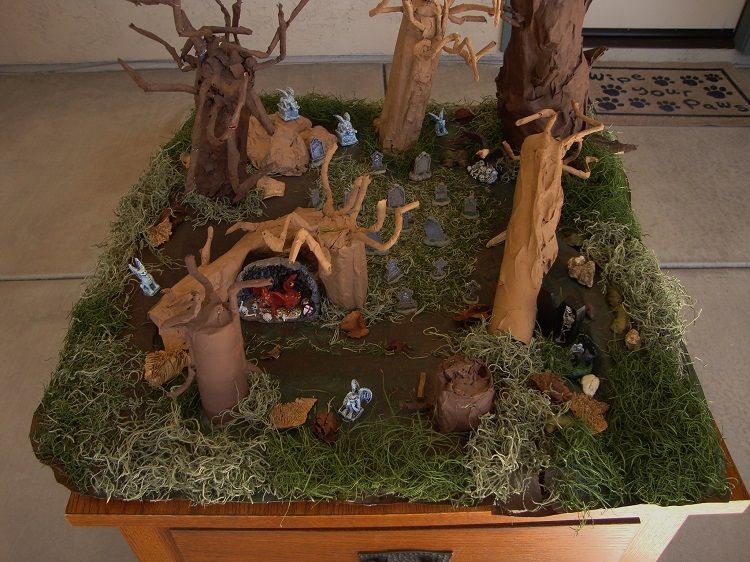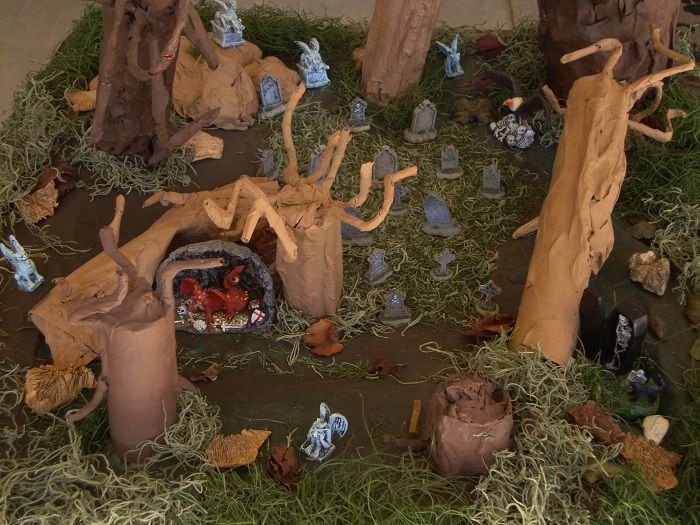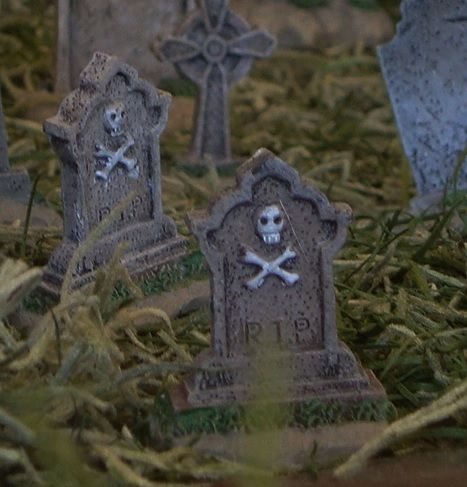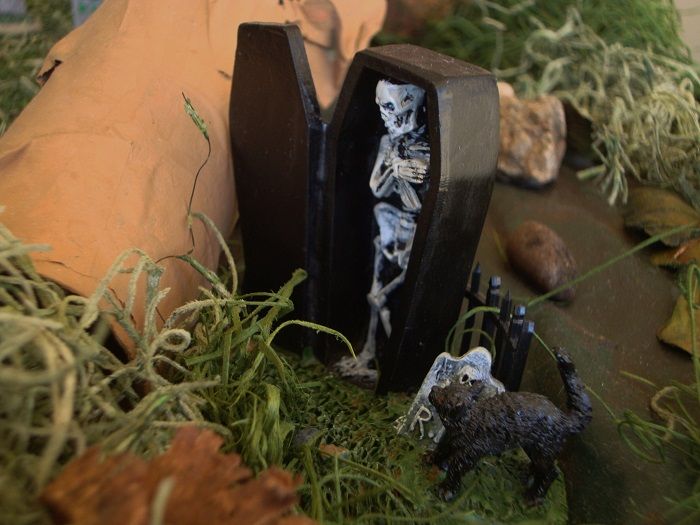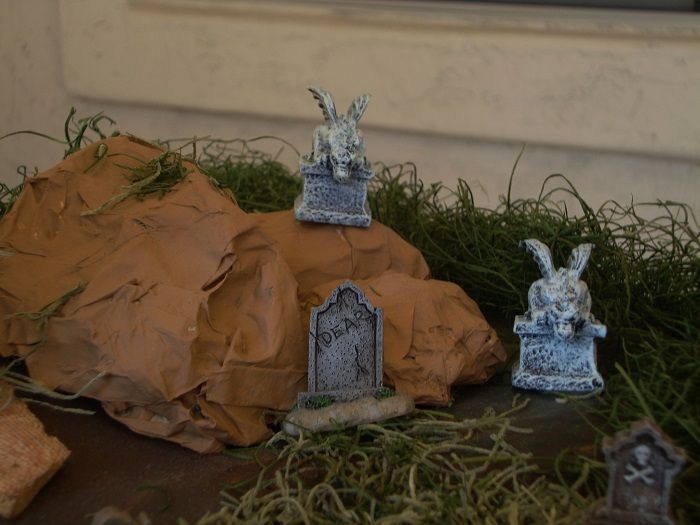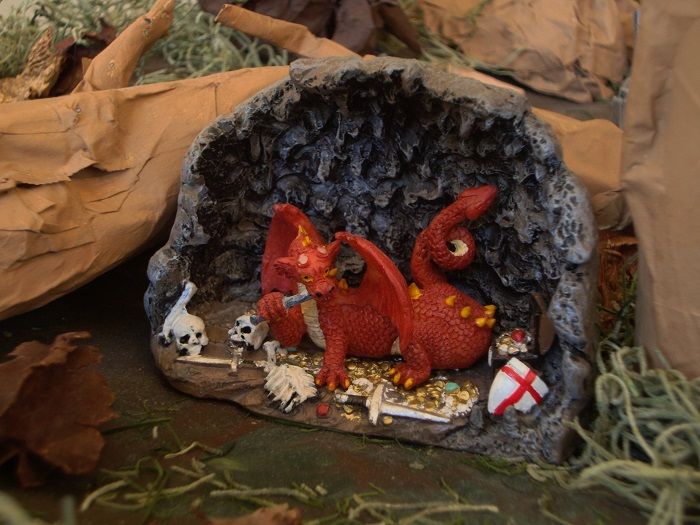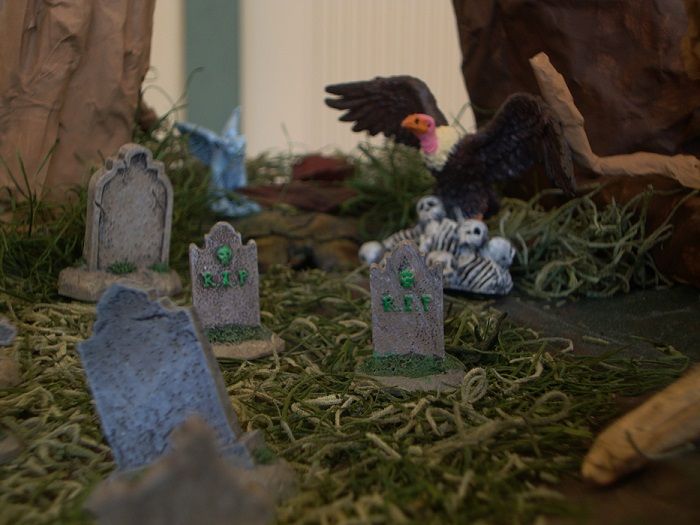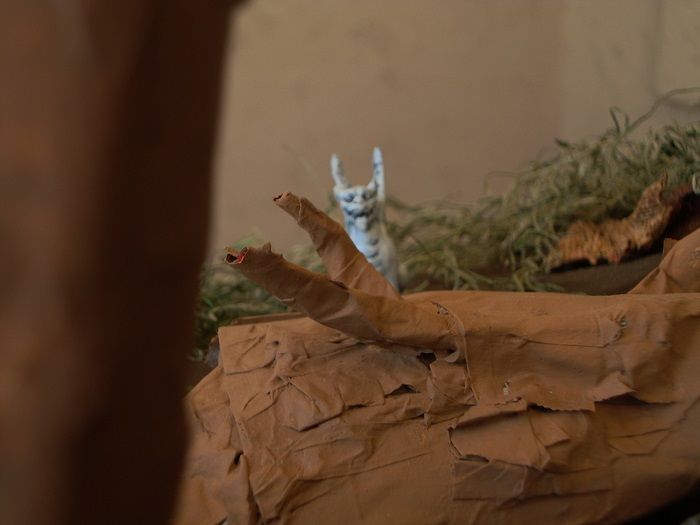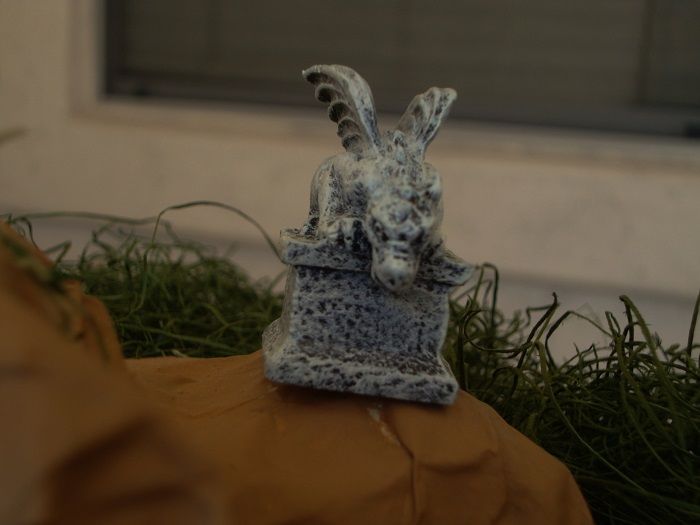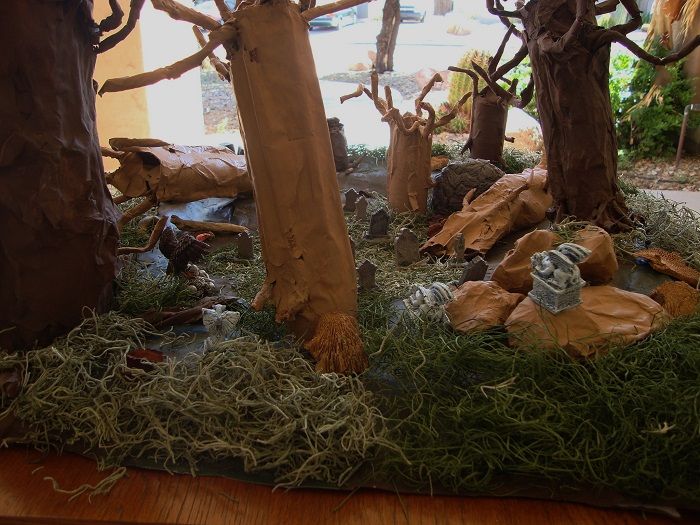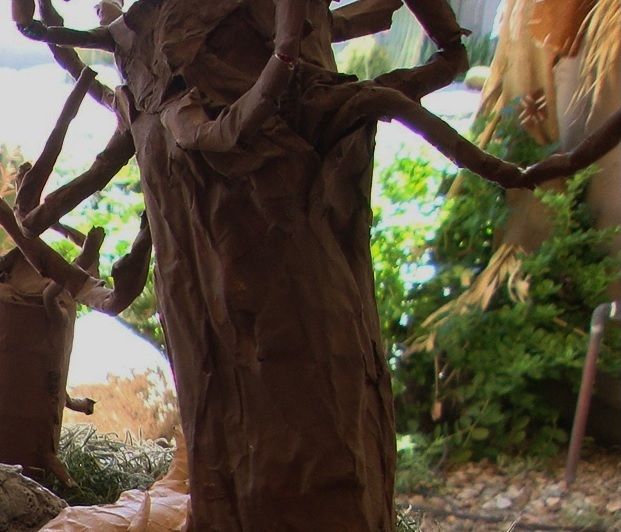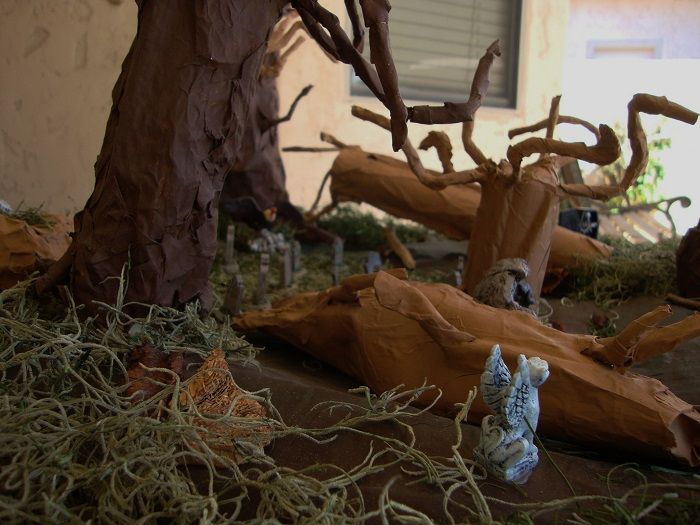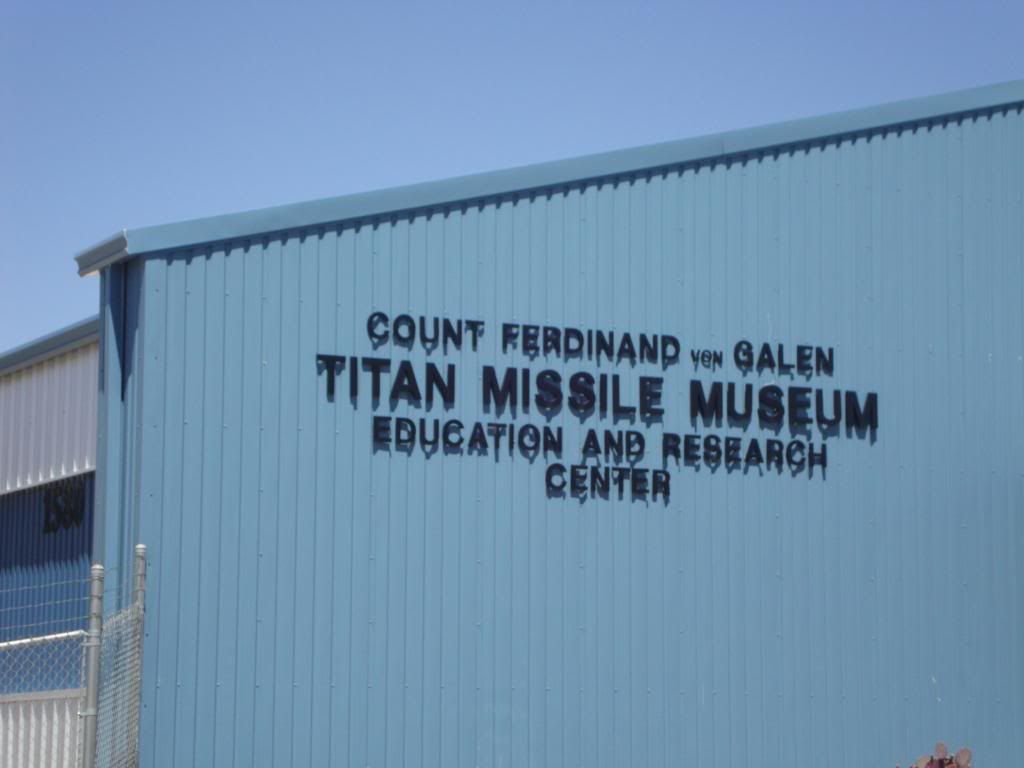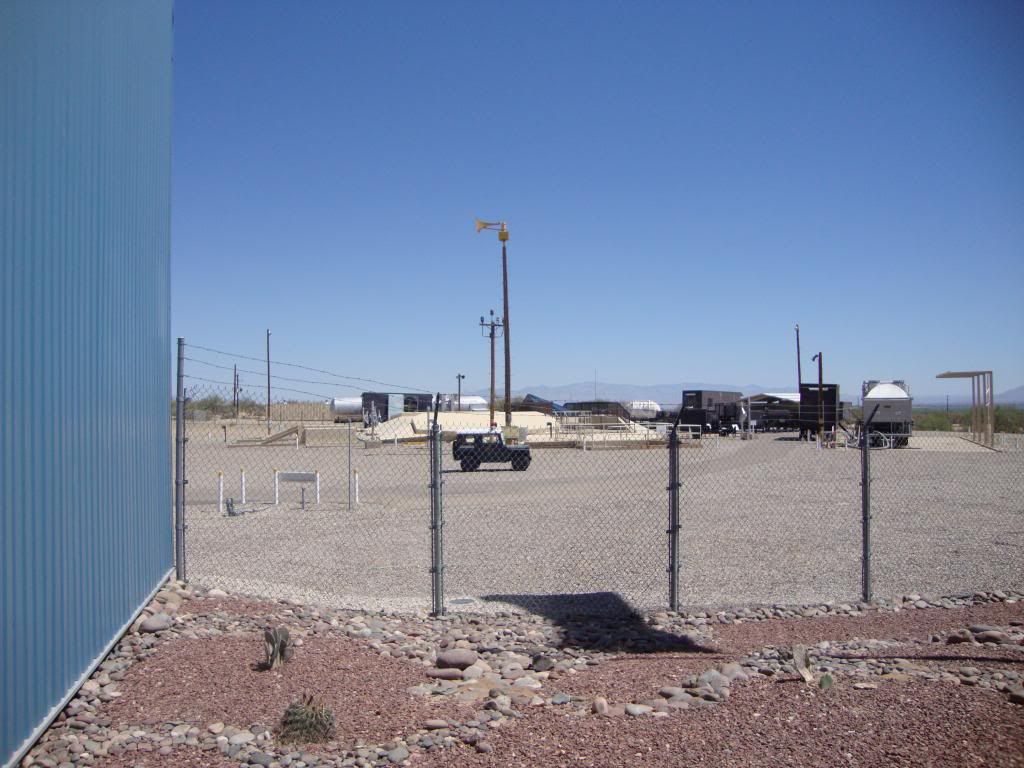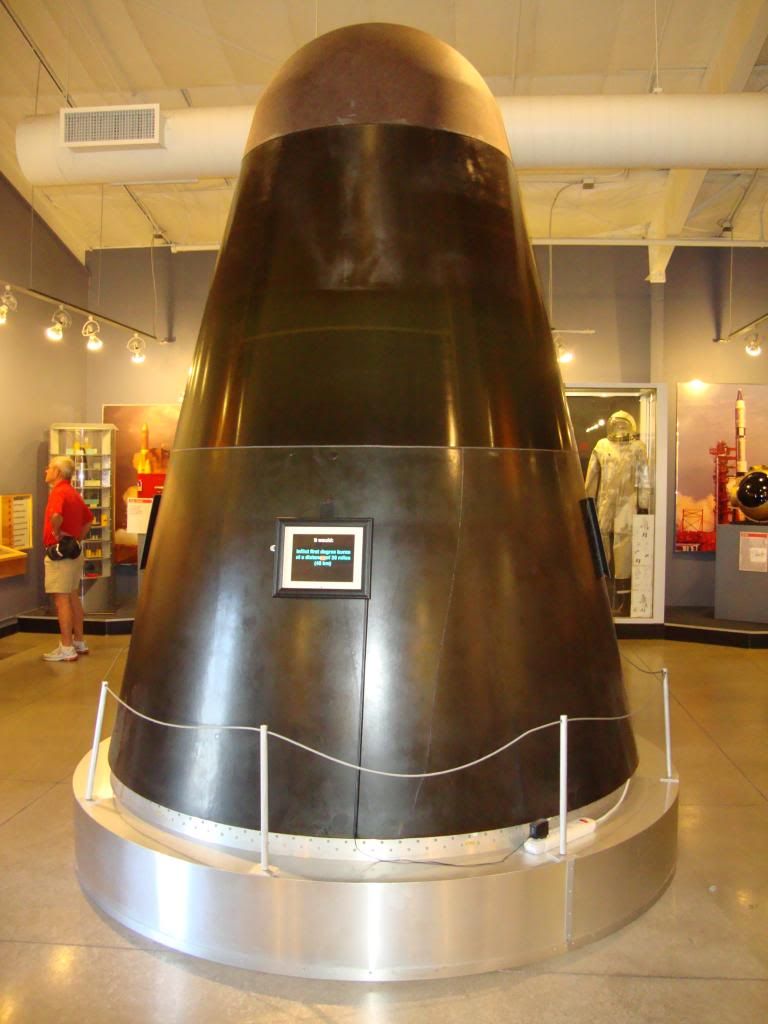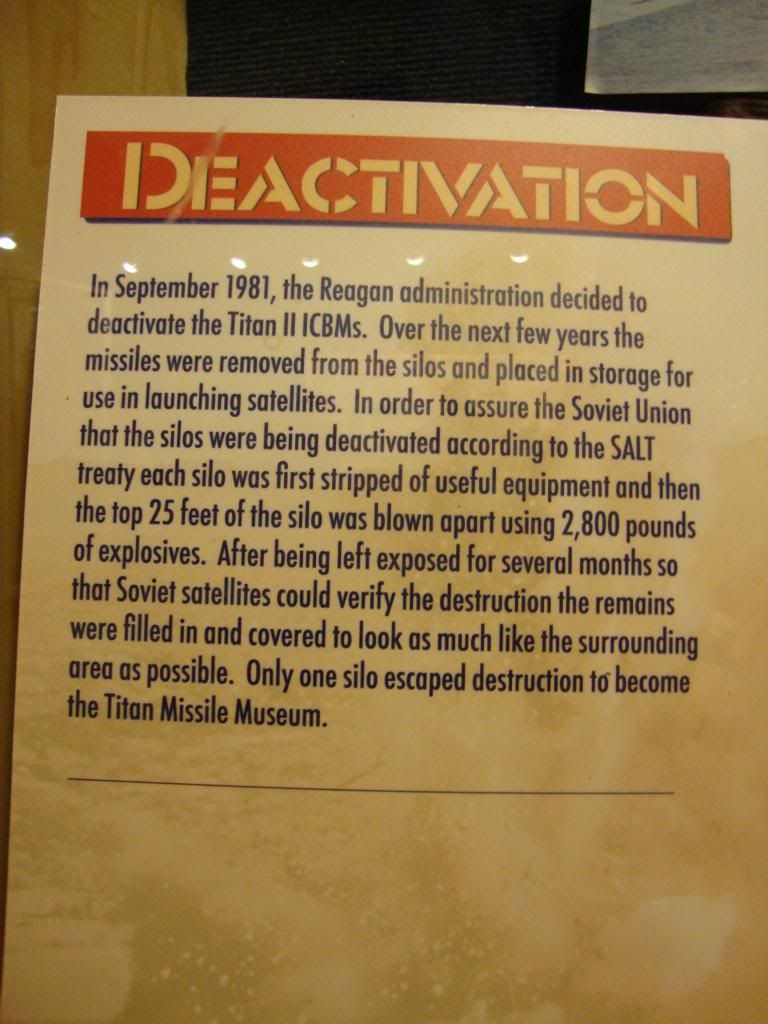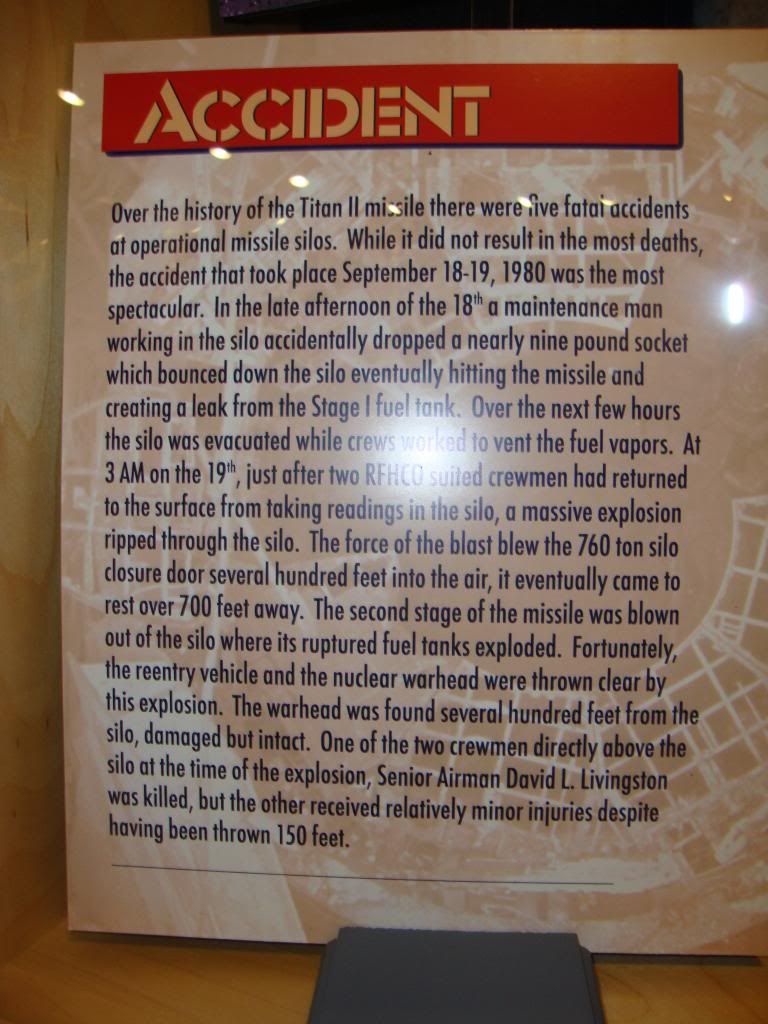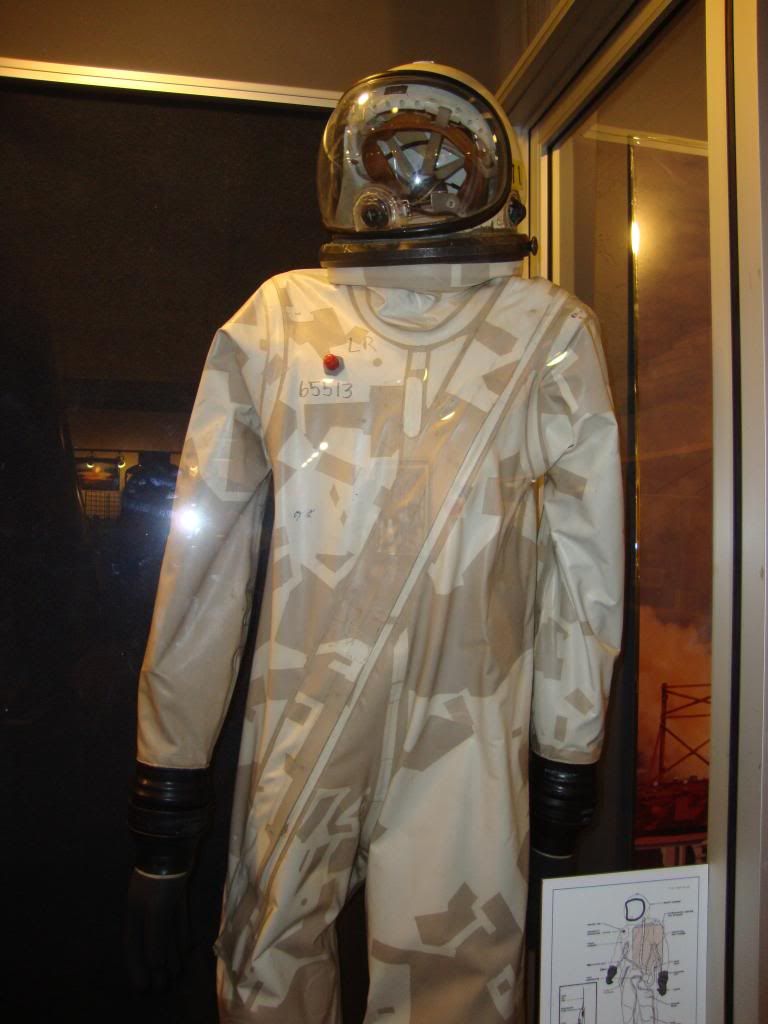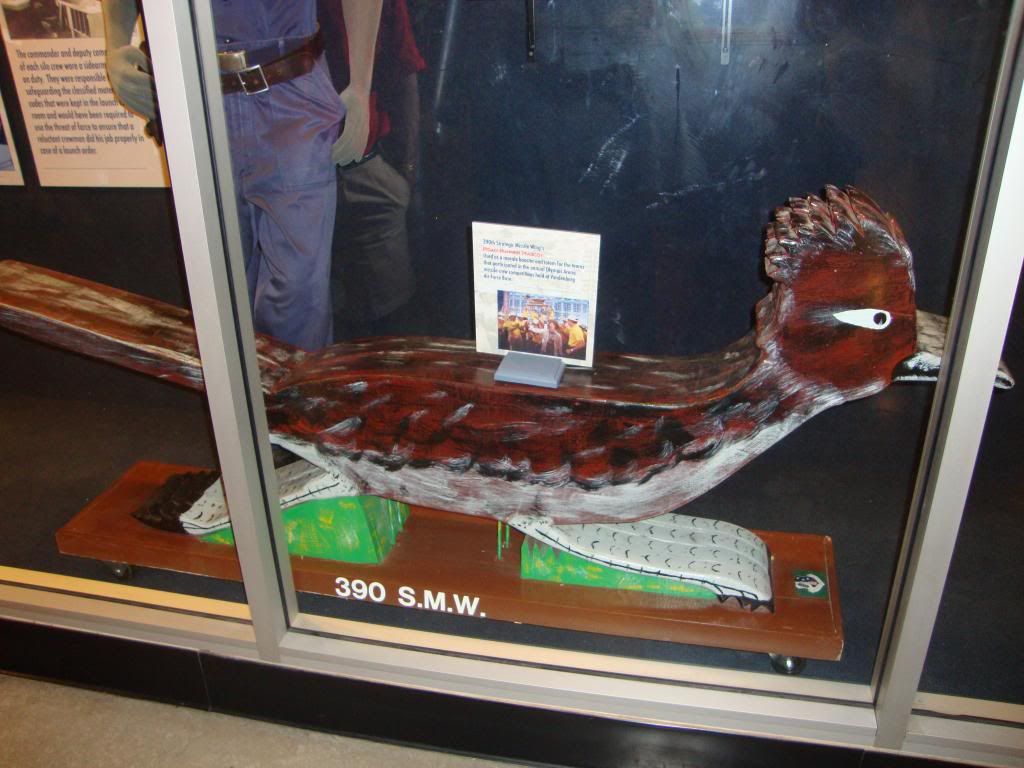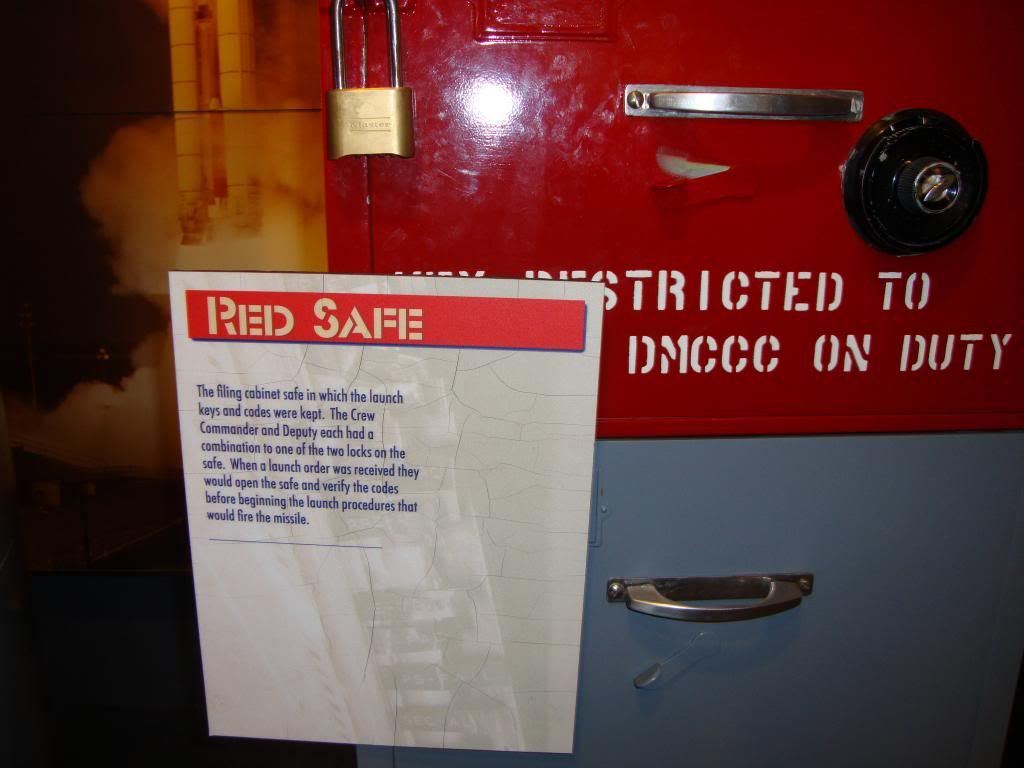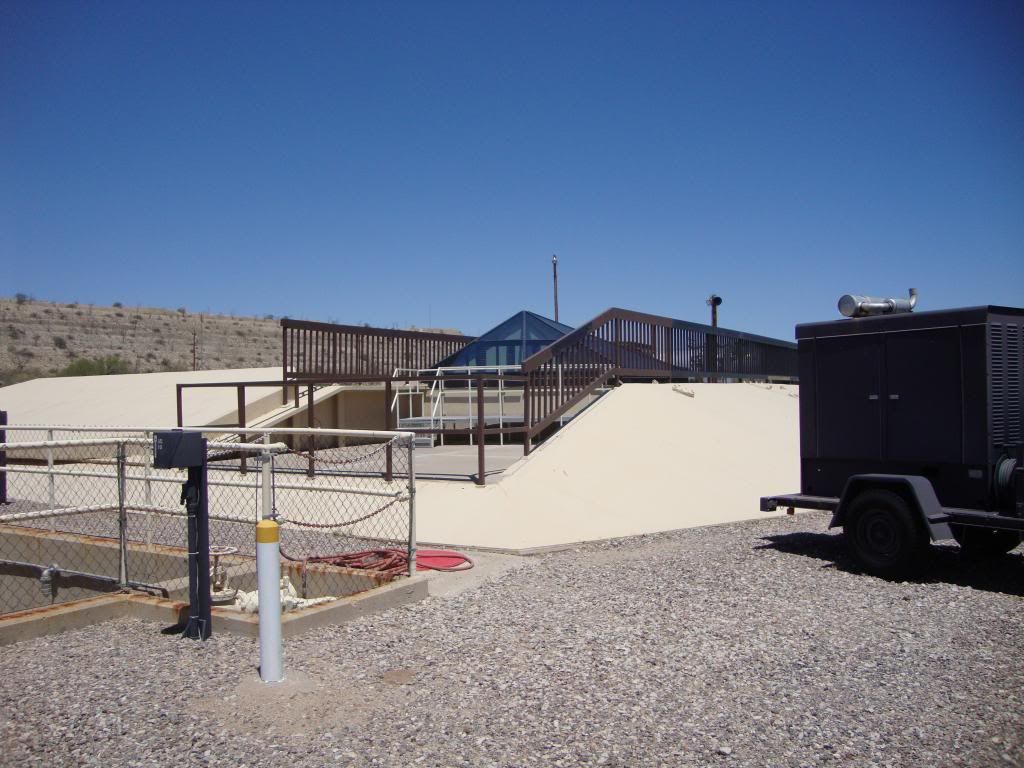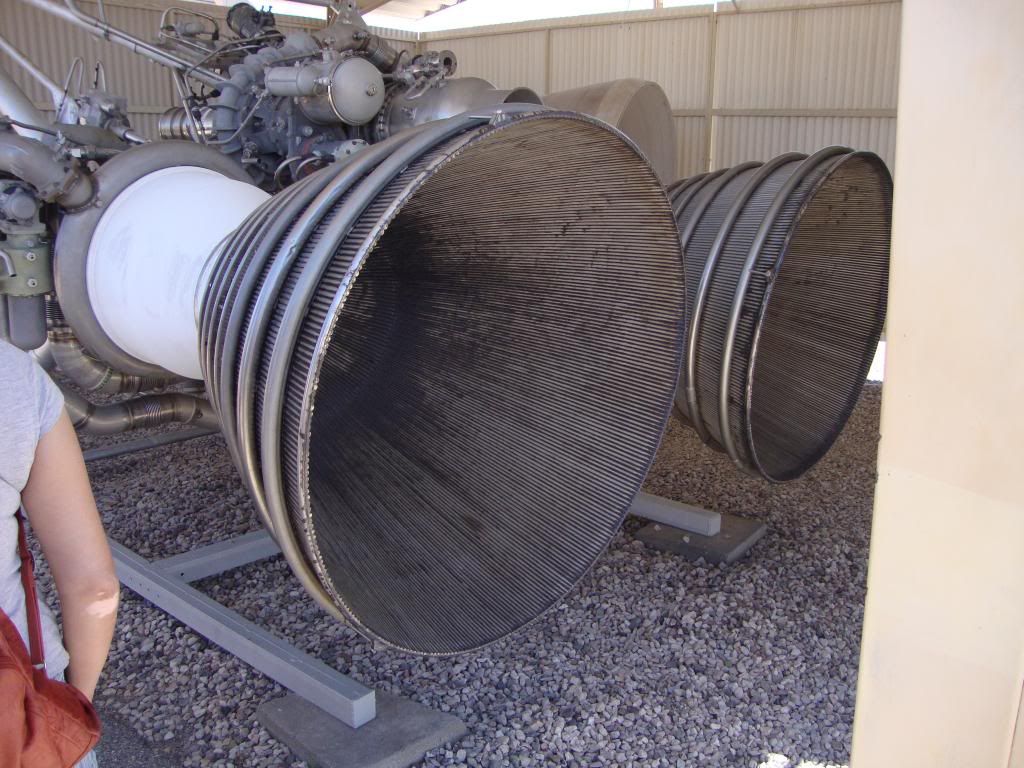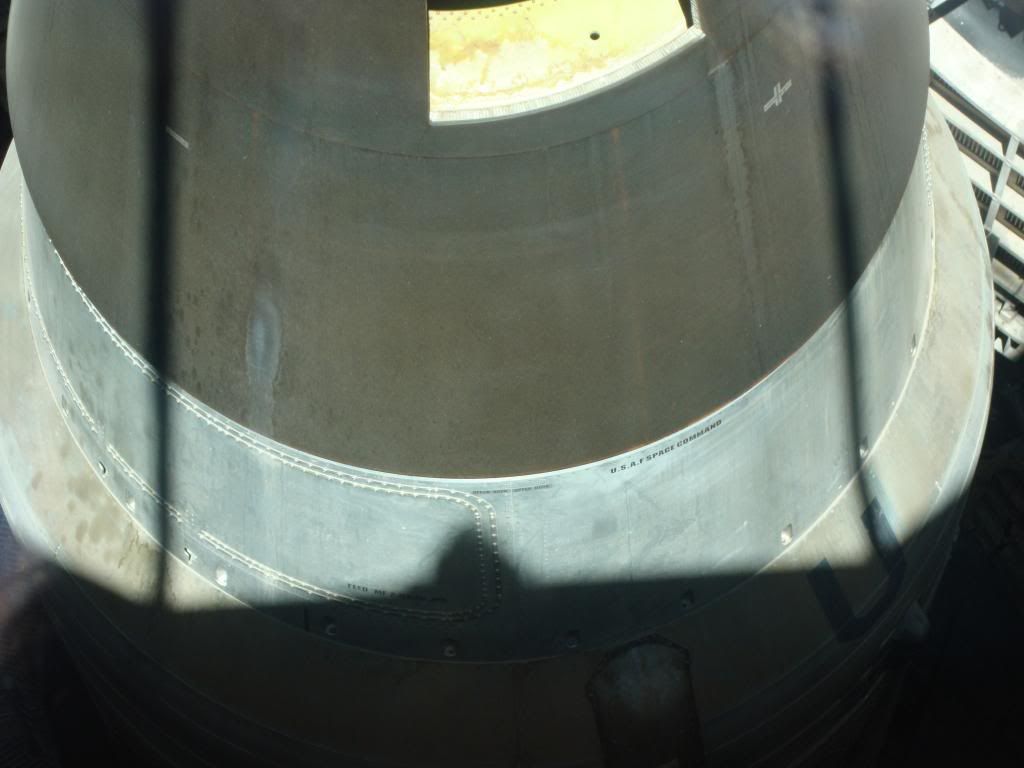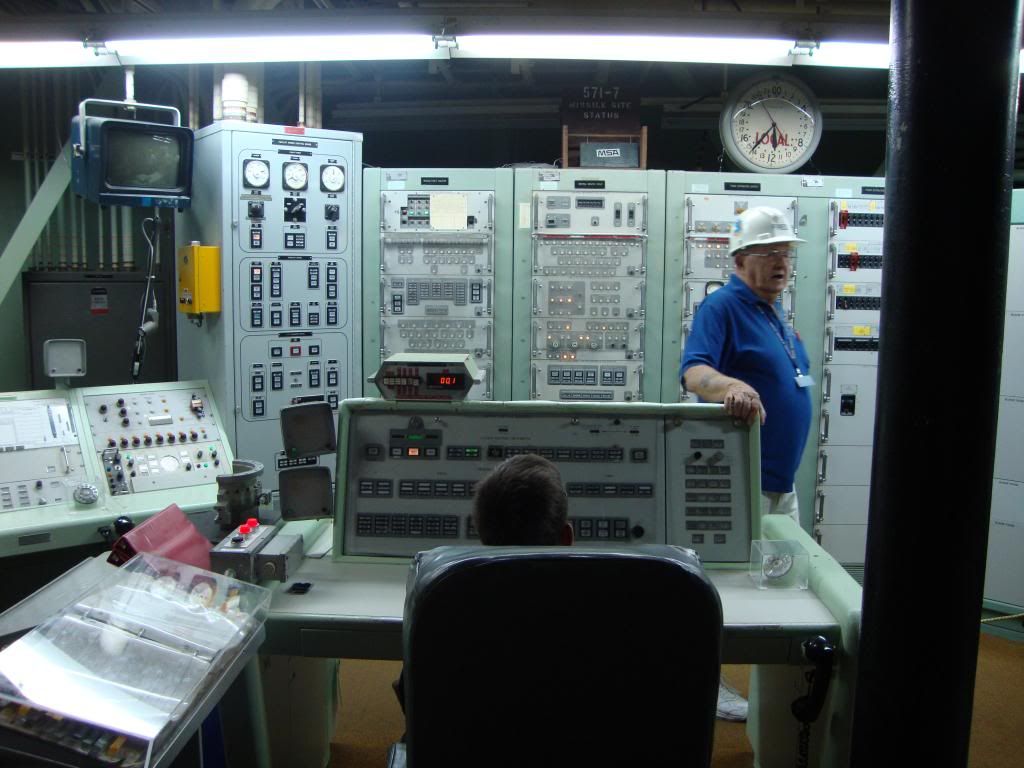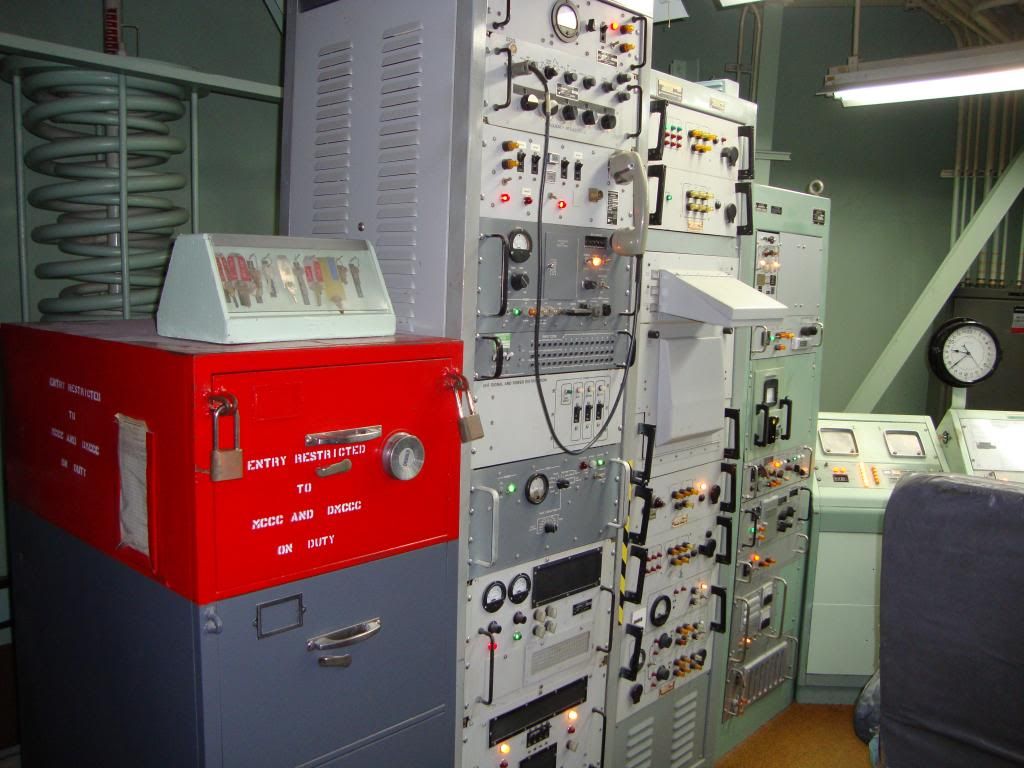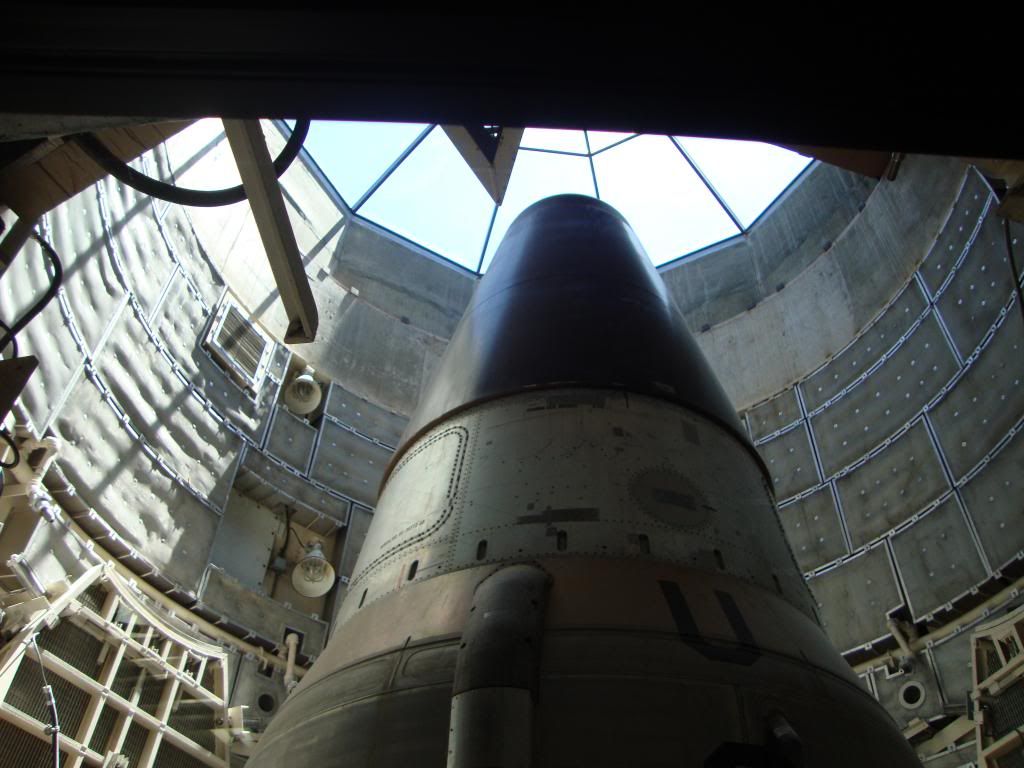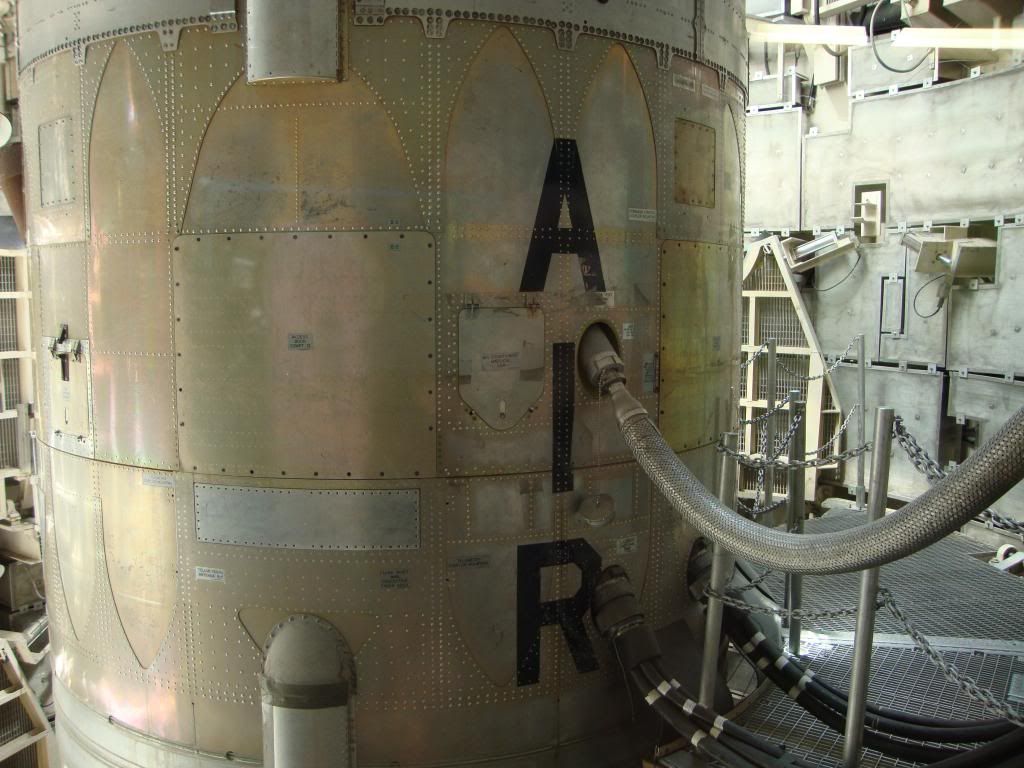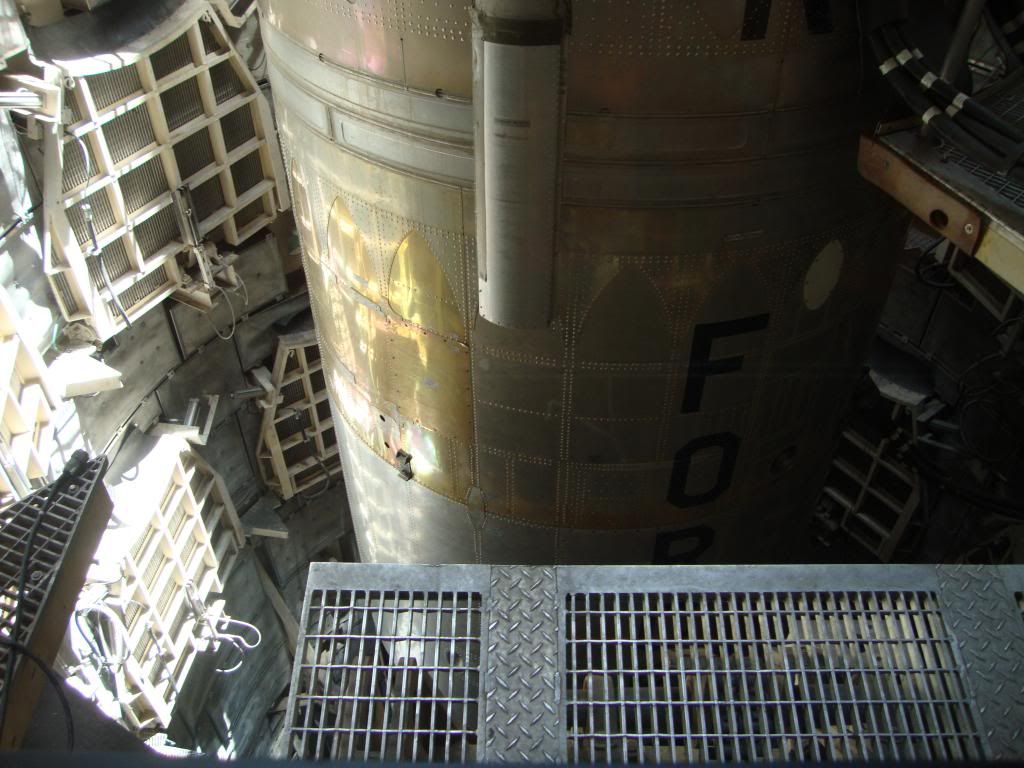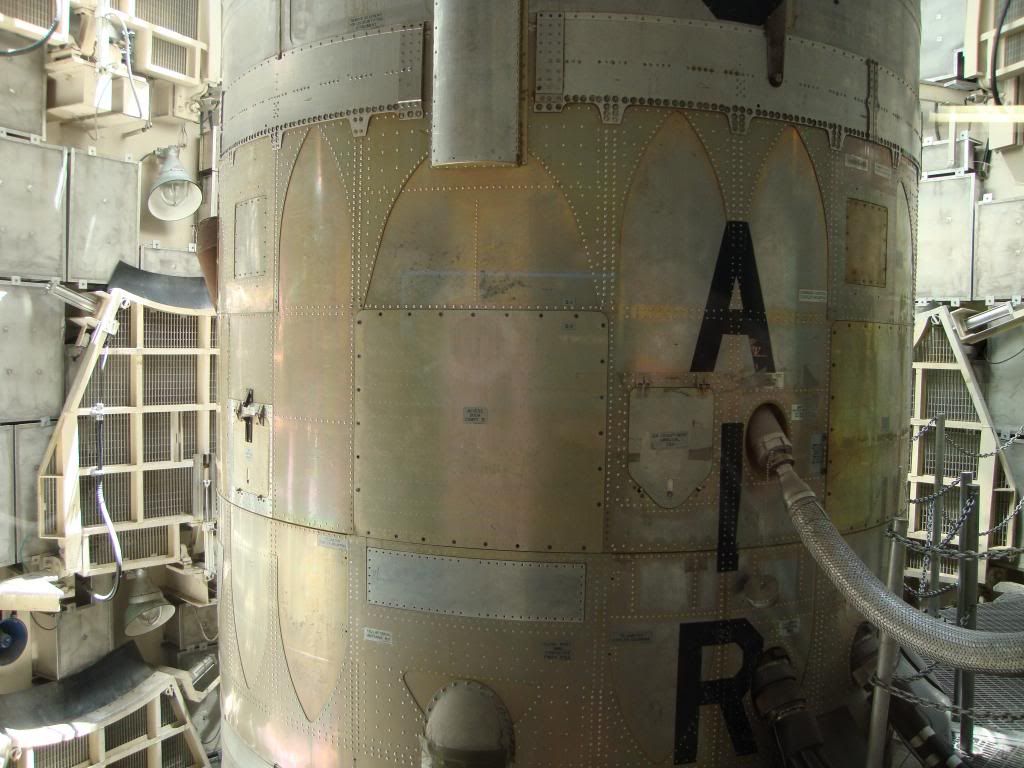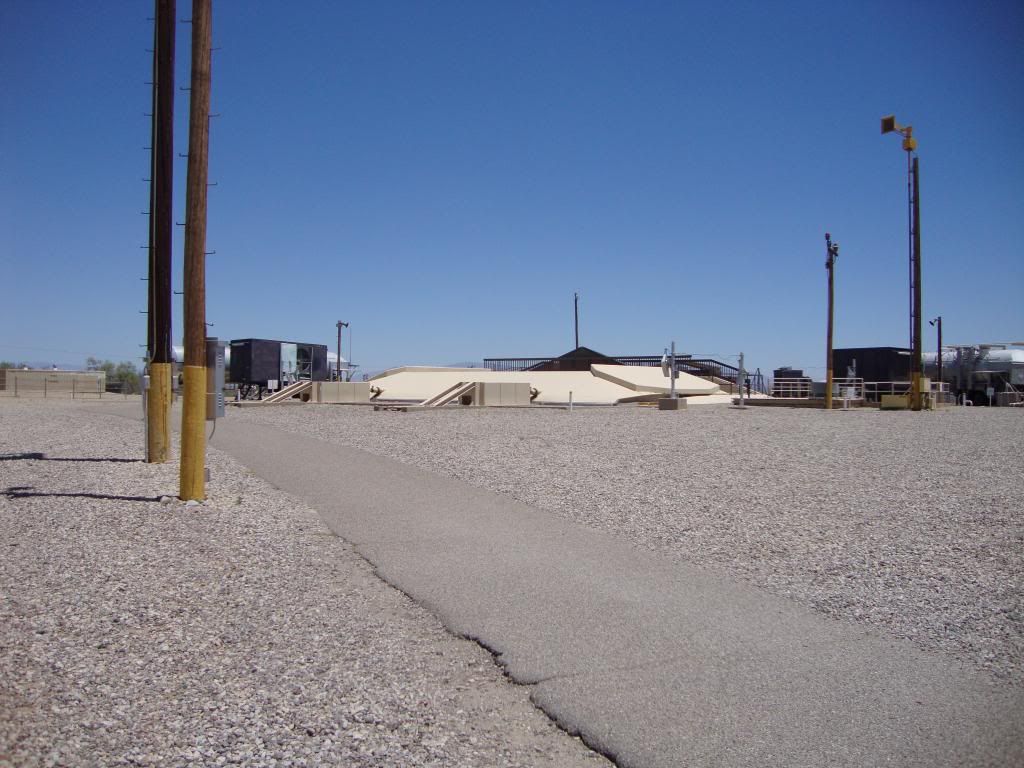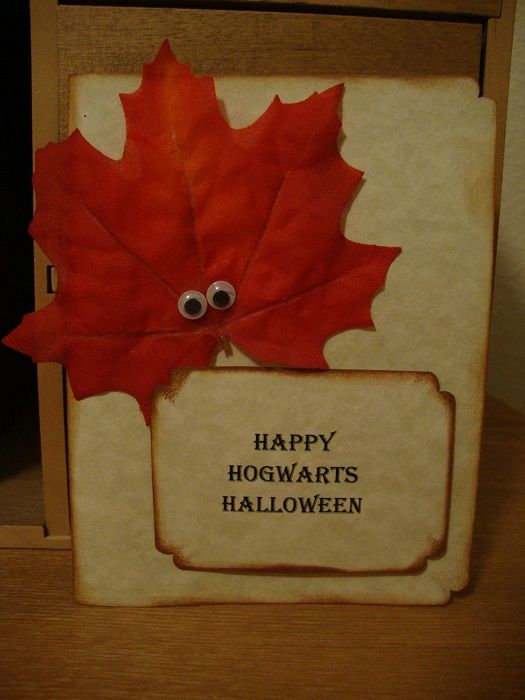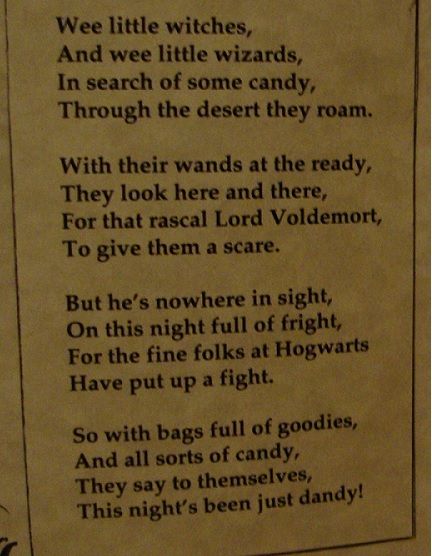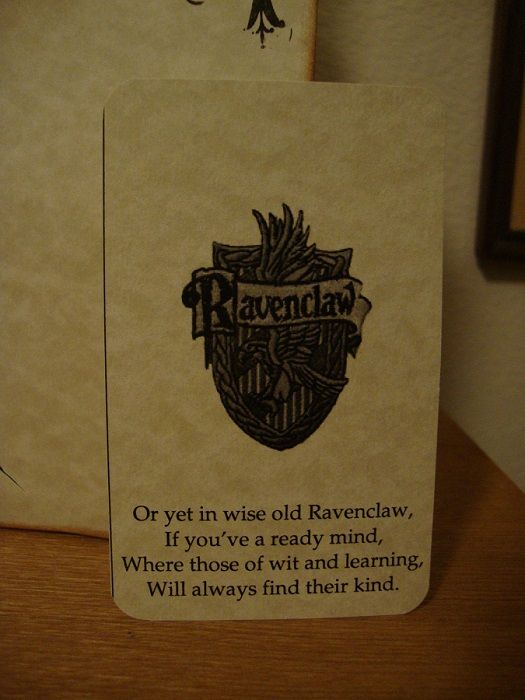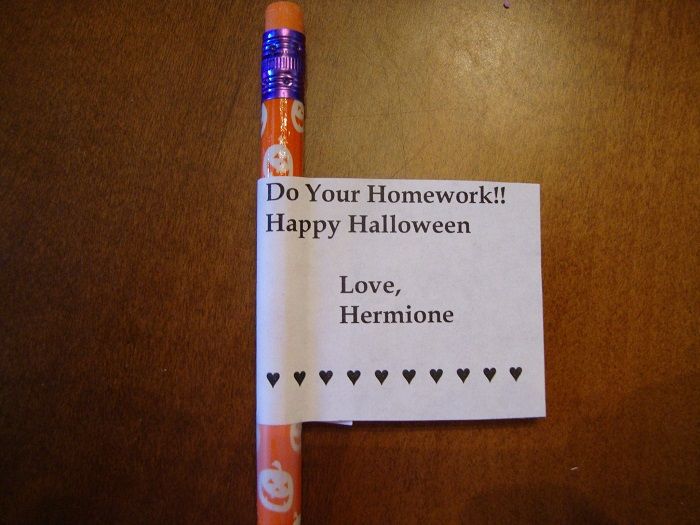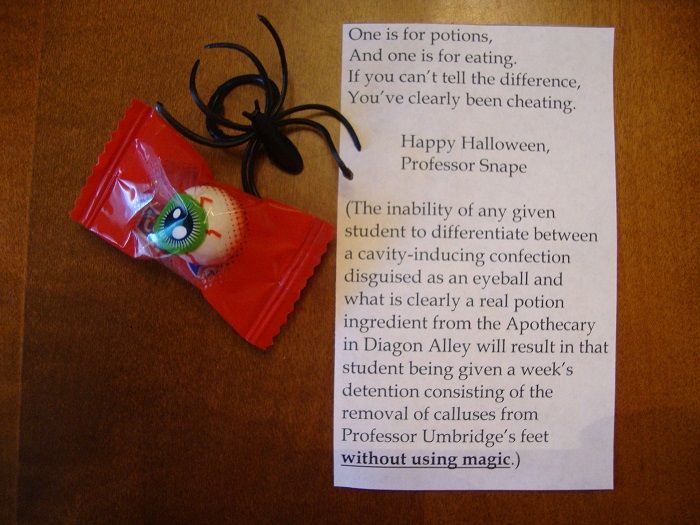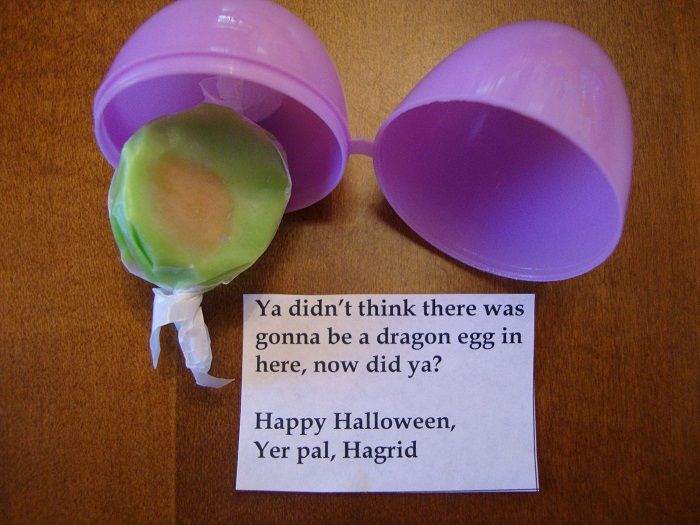This year for Halloween I thought I'd put together a Hogwarts theme for the kiddos. Over the course of about the past five years, I've made a number of Harry Potter related craft projects including a model of the castle that takes approximately 30-35 battery operated tealights to light up. I've also made a Forbidden Forest, a little Hagrid's Hut, Weasley's Wizard Wheezes, a Portable Swamp, and a Monster Book of Monsters (which was really a lot of fun to make). I also made a "mountain" out of boxes for the castle. They took so long to make because I would pull them out when I had a little bit of time here and there. The castle also ended up being a much bigger project than I originally thought. I ran out of time this weekend, but if I get the chance, I'll take pictures of all these projects and post them.
In the meantime, here are some pictures of the goodie bags I put together for the kids.
This is a picture of the card I made for the bags and because I made eighty of them, I started quite awhile ago. They really didn't cost much to make as I had most of the materials on hand. The only thing I had to purchase were a few more of the maple leaves as I didn't have enough left over from a previous project I had done. I used leftover cardstock from a mini-album I just did that combines my interest in the sinking of the Titanic and other liners of the early 1900s with my first time seeing the Atlantic Ocean. To make the Hogwarts card, I cut each piece of paper in half and distressed the edges to give it an aged look using Distress Ink in Vintage Photo. I then took a maple leaf and added some eyes to it. I put a foam mounting square on the back of the tag to raise it up a bit and make it more interesting. I distressed the edges of that as well to give it an aged look.
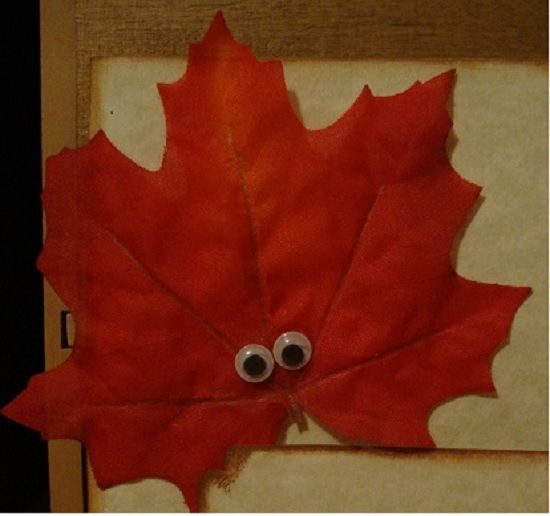
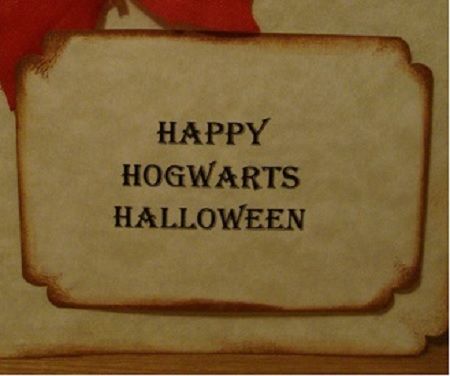
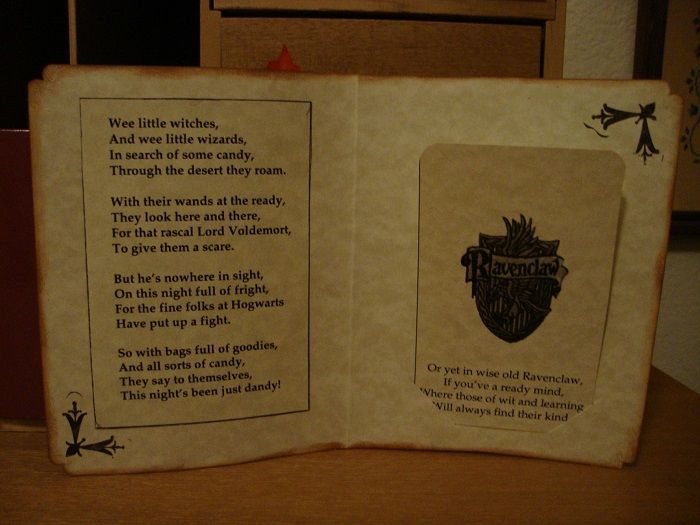
For the inside of the card, I wrote a poem, printed it off my computer, outlined it in black, and then pasted it onto the left part of the card. I designed the right side of the card so that the tag could be removed and used as a bookmark. I put a simple stamp on both sides of the card. I made different bookmarks for Gryffindor, Hufflepuff, and Ravenclaw using the house crest and the relevant portion of the Sorting Hat song from the book for each house. I didn't make any for Slytherin because I thought it might be too mean and make a kid feel bad. The crest looks a little dark in the photo but is actually much lighter.
The poem on the left side of the card. It reads:
Wee little witches,
And wee little wizards,
In search of some candy,
Through the desert they roam.
With their wands at the ready,
They look here and there,
For that rascal Lord Voldemort,
To give them a scare.
But he's nowhere in sight,
On this night full of fright,
For the fine folks at Hogwarts
Have put up a fight.
So with bags full of goodies,
And all sorts of candy,
They say to themselves,
This night's been just dandy!
The bookmark taken out of the card.
For the treats in the goody bags, I made them Hogwarts related. Here are a few of the things I came up with. I'll probably try to come up with some more. It shouldn't be too hard. That or else I'll just throw some more candy in the bag. After all, that's what Halloween is all about for the kiddos. :-)
A pencil from Hermione, who always knew the importance of doing her homework!
I wrote another poem and put it in a baggie along with a plastic spider and a piece of gum. It's a little bit hard to tell in the picture, but the wrapper looks like a bloodshot eyeball. The poem reads:
One is for potions,
And one is for eating.
If you can't tell the difference,
You've clearly been cheating.
Happy Halloween,
Professor Snape
(The inability of any given
student to differentiate between
a cavity-inducing confection
disguised as an eyeball and
what is clearly a real potion
ingredient from the Apothecary
in Diagon Alley will result in that
student being given a week's
detention consisting of the
removal of calluses from
Professor Umbridge's feet
without using magic.)
This is a goody bag inside a goody bag, so to say and is from Ron and Harry. The bag is really cute - little orange and purple spiders with eyes and some cobwebs printed on it. I found some stickers in a box and added some foam stickers that I had left over from a craft project. I also had some leftover purple curling ribbon from a previous project and it fit perfectly with the purple spiders on the bag so I added that to the tag.
The tag on this one reads:
Happy Halloween
Mate - See ya on the
Quidditch Pitch!
Harry and Ron
Yes, these are little plastic Easter eggs, but everyone who has read the Harry Potter books knows that Hagrid once hatched a dragon in his hut so I thought it would be cute to include this. The tag reads:
Ya didn't think there was
gonna be a dragon egg in
here, now did ya?
Happy Halloween,
Yer pal, Hagrid
So those are the goody bags that I've made up. I have amazing memories of Halloween growing up - running around with pillow cases full of candy until at least 10:00 p.m. with my siblings (and it wasn't considered rude to be knocking on doors at that hour!), the smell of fireplaces and lit pumpkins, the cool night air, the costumes, and sorting all our loot when we got home. Good times, good times. :-)

